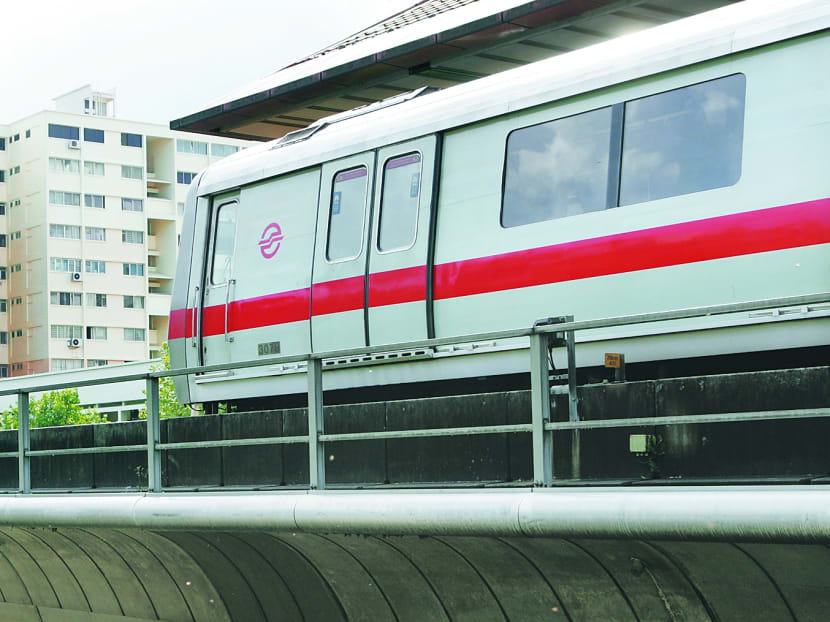SMRT could have done better in service recovery: Minister Lui
SINGAPORE — SMRT could have done much better in service recovery, especially in the providing of timely information to affected commuters, said Transport Minister Lui Tuck Yew in Parliament today.
SINGAPORE — SMRT could have done much better in service recovery, especially in the providing of timely information to affected commuters, said Transport Minister Lui Tuck Yew in Parliament today.
Mr Lui was addressing concerns from Members of Parliament on the spate of train disruptions this year.
According to Land Transport Authority’s Codes of Practice operators are required to put out announcements at stations, and through various media platforms, to provide clear and timely status updates and advise commuters on alternative travel options such as free boarding of public buses and shuttle services between the affected stations, said Mr Lui.
Mr Lui said that as part of its investigations, LTA will highlight gaps in SMRT’s communication with affected commuters, and work closely with both operators to share learning experiences and improve their incident management.
“SMRT’s management has already committed to review its contingency plans on a station-by-station basis, and refine its command and control structure in times of disruption to better support ground staff,” he said.
“I was especially perturbed because I know that there actually has been a lot of hard work put in by the team in SMRT as well as the SBST team, together with LTA, to improve train reliability, with good progress made in the past two years,” said Mr Lui.
Last year, the number of train delays longer than five minutes was reduced by 20 per cent across the whole MRT network, from 1.49 delays for every 100,000 kilometres travelled in 2012, to 1.18 in 2013.
The number of delays in 2013 is lower than 2010 levels and works out to less than one such delay on the North-South East-West Lines (NSEWL) and the North East Line (NEL) every day, out of more than 2,000 train trips operated on these two lines.
Train withdrawal rates for the NSEWL have fallen, from 3.32 per 100,000 kilometres travelled in 2012, to 2.25 in 2013, a 30 per cent improvement in a single year.
There has also been a more than 25 per cent reduction in train withdrawal rates from 2012 to 2013 for both NEL and the Circle Line (CCL), with withdrawals for the CCL at its lowest ever since opening in 2009, said Mr Lui.







